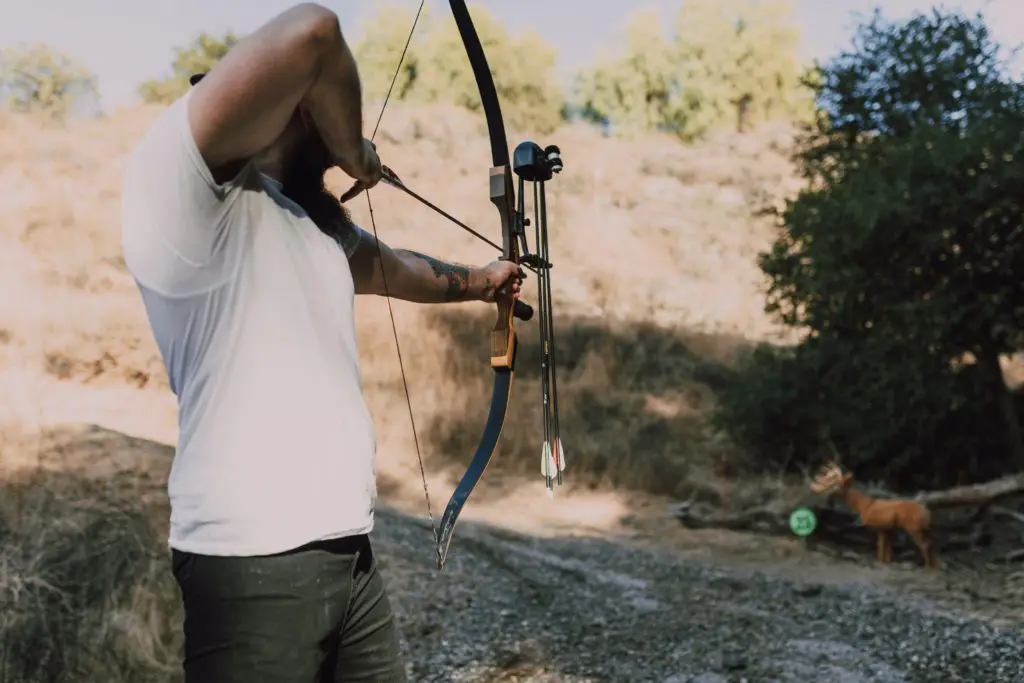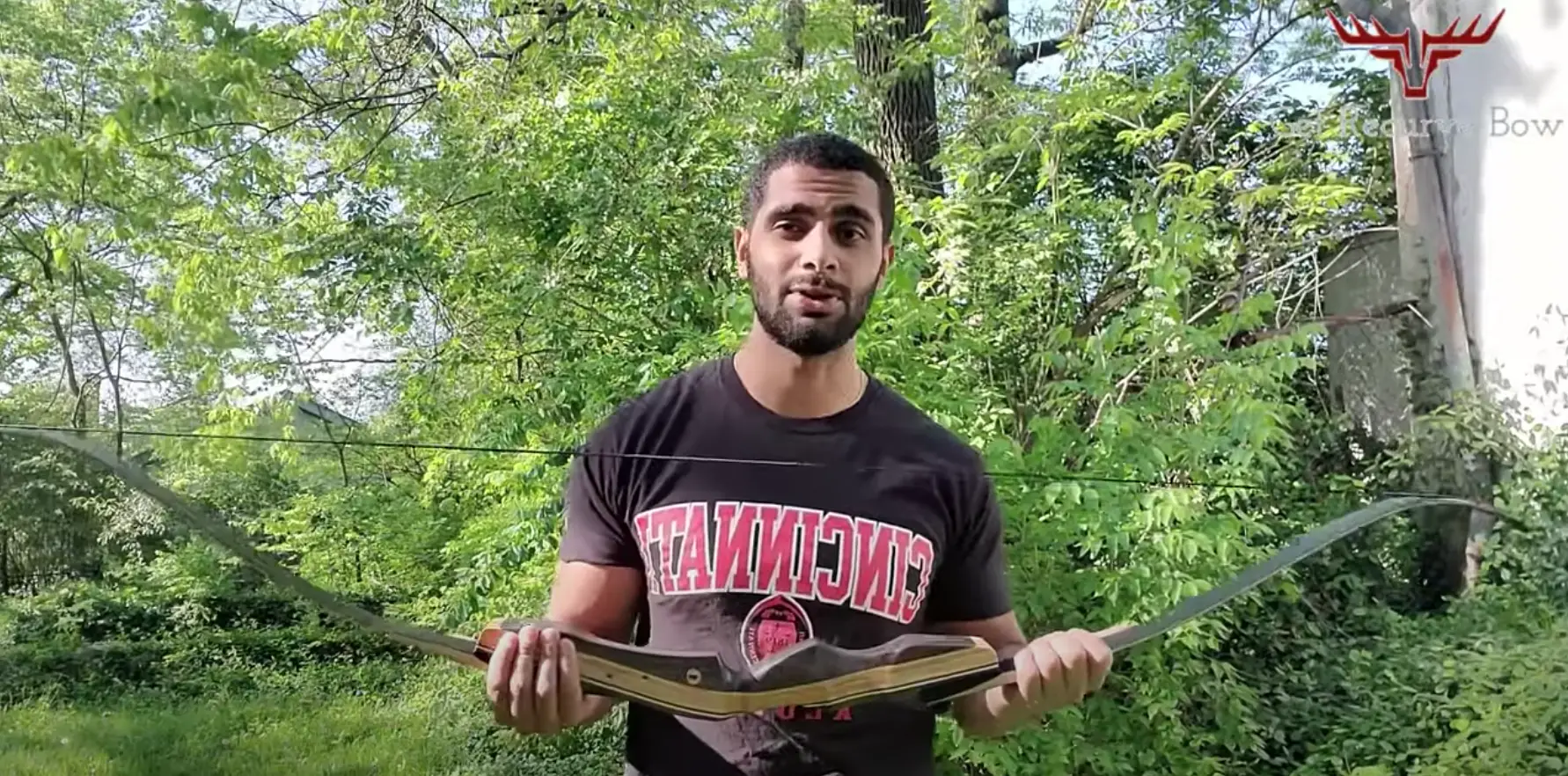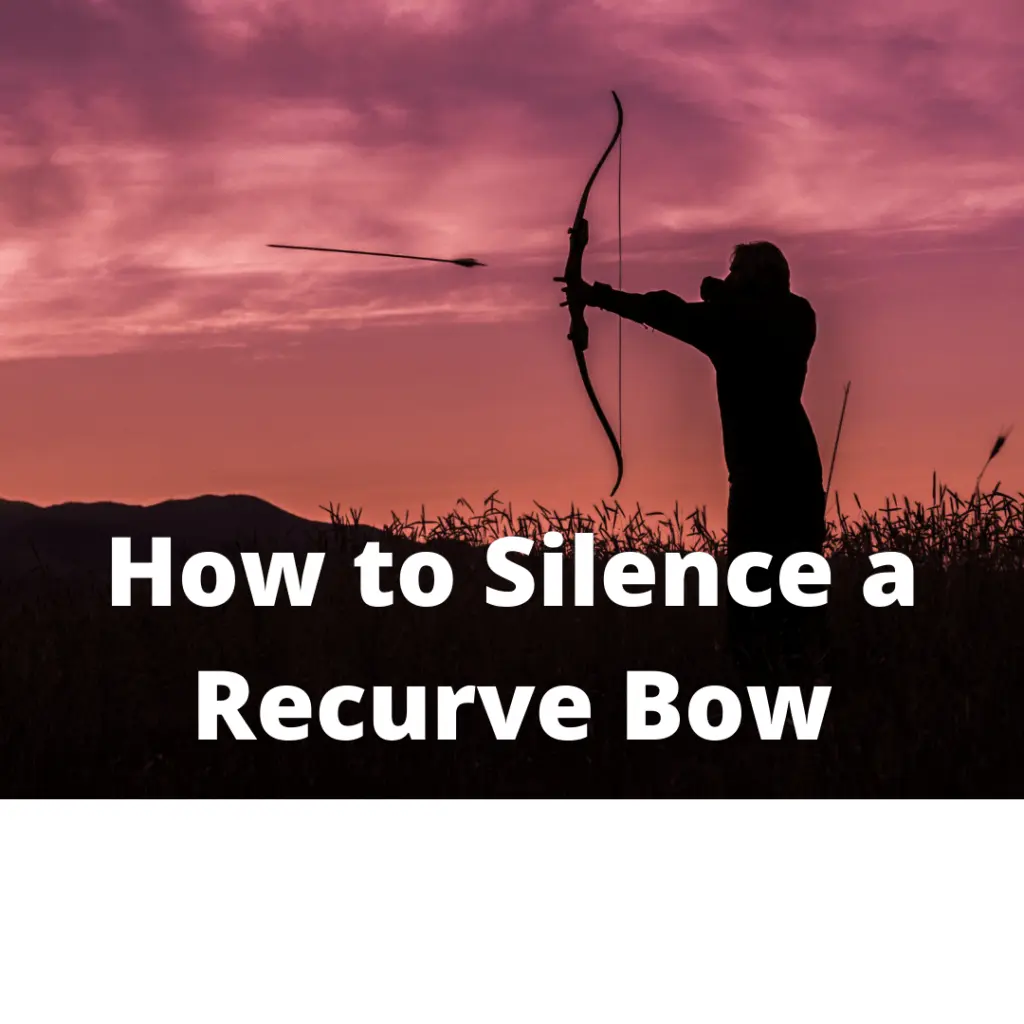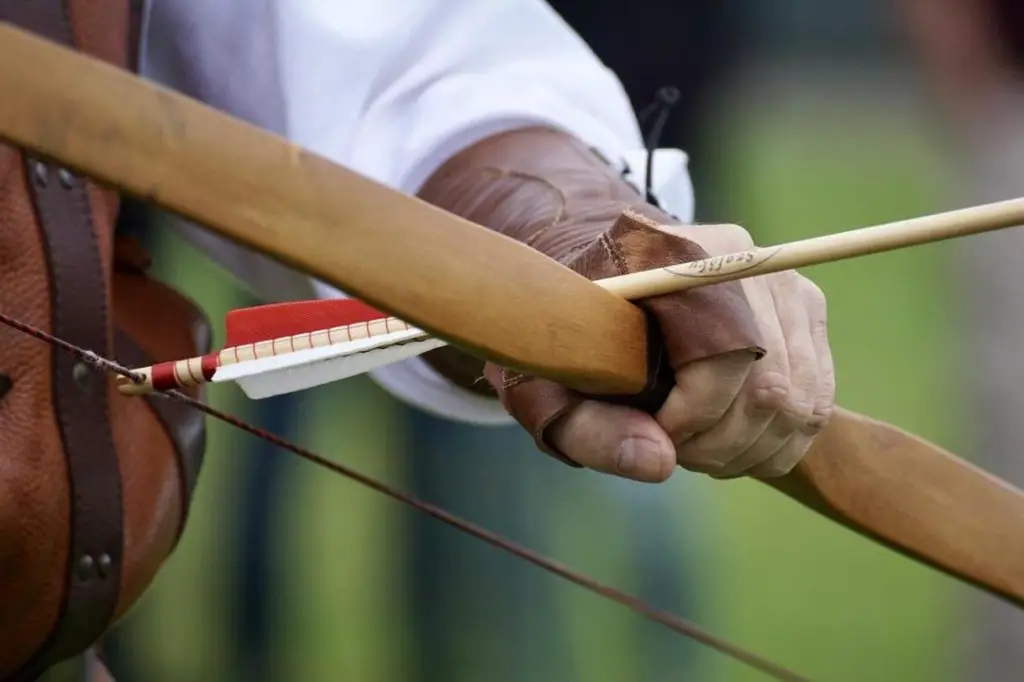The recurve bow is a self-sufficient hunting bow with ties to the oldest form of hunting, dating back thousands of years. Mastering a traditional bow requires more artistry and technique than mastering a mechanical compound bow. It is, however, lighter and, as a result, more effortless to operate. But are recurve bows good for hunting?
Although other tools may be more accurate over longer distances, recurve bows are indeed good for hunting. In addition, it has a reputation for having an energy transfer that is more efficient than the other kinds of bows. However, most archers use the recurve bow for recreational purposes these days.

Reasons Why Recurve Bows Are Good for Hunting
It is essential to have in-depth knowledge and understanding of a recurve bow before using it for hunting or recreational shooting. Have you also ever wondered why a recurve bow is called a recurve? Well, it is because it has limbs with their tips curved away from the shooter to give more power while shooting.
We will discuss some reasons why recurve bows are good for hunting below:
Draw Weight
The draw weights of many recurve bows are pretty high. Different individuals have varying draw weights they find comfortable. When hunting for whitetail deer, a draw weight of over 40 lbs is ideal, as it allows you to strike the deer’s insides from a distance of 20-40 yards. However, we recommend a draw weight of at least 50 lbs for larger species, such as elk.
When hunting with a recurve bow, ensure the weight isn’t more than you can handle; else, your aim might suffer for it. There’s a general rule that says a shooter should be able to shoot a bow without being exhausted 30 times consecutively. If they can’t do this, they should have the draw weight of their bow reduced.
General Bow Length
One factor that affects your accuracy when shooting with a recurve bow is its size. Recurve bows have ideal lengths that make them simple to shoot at the target. For a new hunter, the ideal length for your bow is 58 inches. But for one who is experienced, a recurve bow of 60 inches is ideal. When your bow is well-sized, your target will be on point, and you will feel less discomfort.
Accuracy
Although a compound Bow or crossbow is more accurate over long distances. A traditional bow in the hands of a practiced archer can be quite accurate.
You can rely on the recurve bow to produce precision if you have the necessary skill. It is accurate and can deliver precise shots. A recurve bow can be easily maneuvered and trusted to give good results when hunting or having fun.
Recurve bow hunting videos can get addictive. If you’re squeamish, you may want to keep scrolling.
Noise
The recurve bow is almost noiseless because of the kind of material it is made of and because it runs on simple mechanisms. That’s a good thing because you don’t want to go scaring off your targets and lose them. Immediately you become a pro at instinctive shooting, and your aim will become faster.
Portability
The average weight of a recurve bow is 4 lbs. Anything heavier than that can cause fatigue while hunting. Recurve bows are lightweight. This characteristic makes them easy to hold in place for a more extended period within the range and, in turn, makes practicing to hone your hunting skills easier.
A recurve bow is perfect for hunting, especially if you have to wait long hours to find a target. Choosing a take-down bow is more advantageous in the sense that you can conveniently take out the limbs and put them in a bag when in transit. In other words, it is easier to transport.
Adjustability
To increase draw strength, you can easily adjust the bow, especially if you have a takedown recurve bow. You can purchase limbs in other draw weights and change them out fairly easily.
Fewer Mechanisms to Maintain
Recurve bows were designed to last long. This can be seen from their design. The running mechanisms are very few, meaning the chances of the bow malfunctioning and setting you up for failure in the middle of activity are low. For maintenance, all you have to worry about is lubricating the strings and proper storage.
Maximum Distance of a Recurve Bow
Despite being able to shoot hundreds of yards with a recurve bow, beginners should work with a range of 10-15 yards. Depending on your skill level, that range is effective. While 10-15 yards is an ideal range for beginners, advanced shooters or hunters can cover more than that, 50 yards or more. However the closer the better chances you have of an ethical hunt.

Which is a Better Hunting Bow: a Recurve or a Compound?
You’ve probably come across recurve and compound bows while seeking a hunting bow and have wondered, “Which one is preferable for hunting?” While each has merits and drawbacks, a compound bow has a shorter learning curve but recurve bows are more satisfying when you are successful.
Recurve bows contain a single string and are made of wood. When pushed back, they have more power and can fire a few hundred yards in an arc. The amount of effort required to draw an arrow, however, is determined by the bow’s size. Recurve bows also have the advantage of being lightweight and having fewer parts.
A compound bow will be easier to maneuver up in a deer stand but heavier to climb with. A recurve bow, on the other hand, will be lighter, but the longer limbs may make it trickier to line up the perfect shot while up in the trees.
Compound bows are great if you want to hunt further than 50 yards. Recurve bow accuracy falls off pretty hard after 50 yards.
While a compound bow allows the user to create the perfect setup for hunting, it is bigger and many times heavier.
Final Thoughts: Hunting with a recurve bow
Hunters choose recurve bows because large bows can be burdensome. It helps you aim more precisely and with great power. A recurve bow feels more natural to pull, and it pulls weight more smoothly. Even without the string silencers, it makes less noise.

Archery is my hobby & I usually hunt and play on weekends and after work. It’s a passion since I was very young and I love writing about it as well to continuously learn more and share the love of archery with others!



